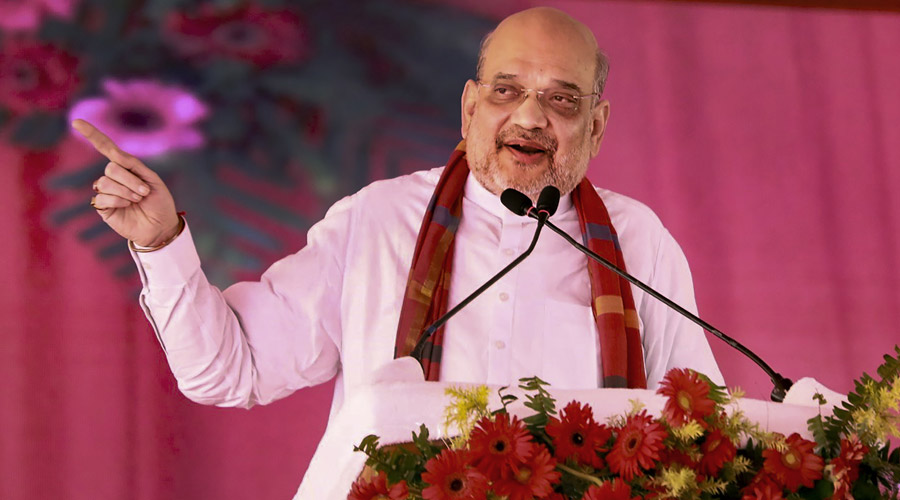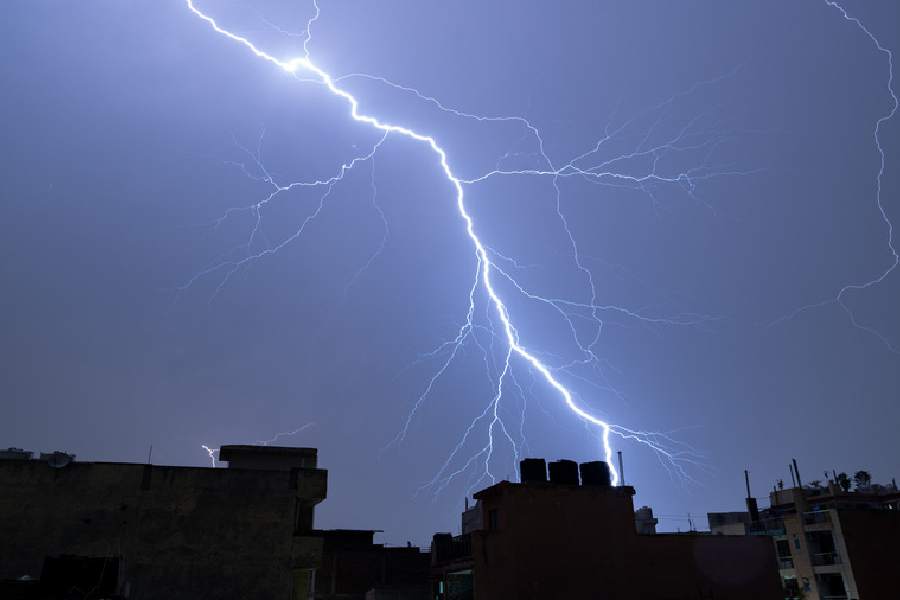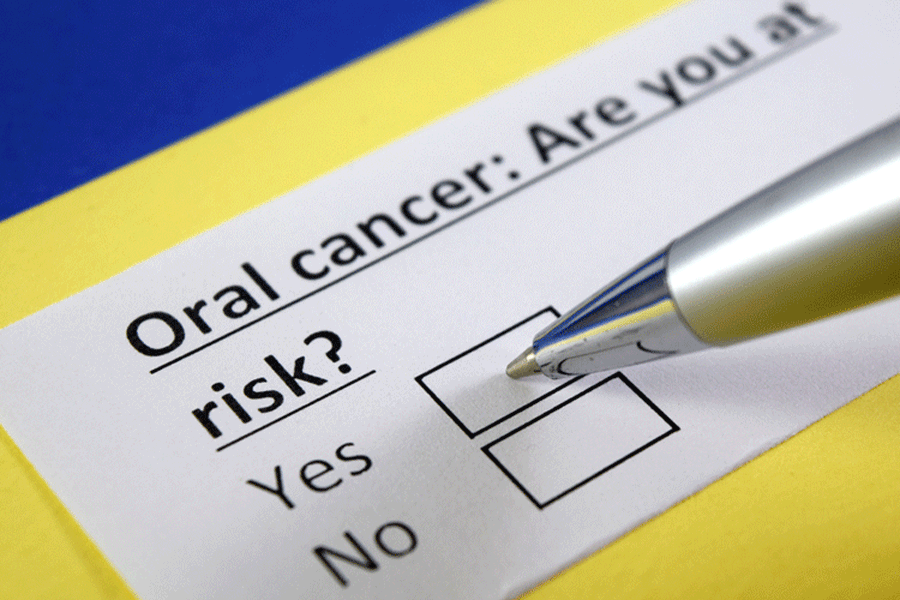The “Gujarat model of development” may be under attack but Joravar Chavda, a hotel worker in Ahmedabad, articulates what may be called a “Gujarat model of elections” that Prime Minister Narendra Modi would surely want replicated across the country.
“Public change mangti hai lekin hoga nahi. Jab tak Modiji bada pradhan hai, Gujarat mein Bhajpa ko harana namumkin hai (People want change but it will not happen. As long as Modi is Prime Minister, it’s impossible to defeat the BJP in Gujarat),” Chavda says.
It’s a refrain heard among many in Gujarat, from bustling Ahmedabad to rural pockets, as the state gears up for the Assembly elections on December 1 and 5.
Scores of voters told this newspaper earlier this week that “parivartan hona chahiye (there should be change)” only to add with a resigned shrug of the shoulders that “lekin aayegi toh Bhajpa hi (but it’s the BJP that will return to power)”.
These voters have many complaints against the BJP: “mahangwari” (price rise), joblessness, the “arrogance, corruption and unresponsiveness” of BJP leaders. But they simultaneously hail Modi as a great Gujarati who has emerged as a world leader. As for the Opposition’s chances of winning the election, the general verdict is: “Unme dam nahi hai (They lack the capability).”
Rajiv Gandhi Bhavan, the state Congress headquarters in the Ellisbridge area of Ahmedabad, wears a deserted look.
Sitting with two others on the steps of the party office, Jaidev Solanki, an office-bearer with Congress students’ arm NSUI, explains that party workers and leaders are “out in the field”. Asked whether “change” would happen this time, he stoically replies: “Dekhiye public kya karti hai (Let’s see what the public does).”
The Congress claims to be running a “silent campaign” on the ground over livelihood issues. However, just 200 metres from the Congress headquarters, sipping tea at a roadside stall, 40-year-old Umar Sheikh senses a “surrender” by the Congress. He has no doubt that the BJP will win again.
“The BJP has divided the people. It’s almost a ratio of 85:15. How can 15 people defeat 85?” he asks, alluding to a communal divide. He claims that many Muslims will vote for the new entrant, the Aam Aadmi Party. Dhingda village, just 60km south of Ahmedabad on the highway to Bhavnagar, bears testimony to the collapse of the vaunted “Gujarat model of development”.
Home to some 1,500 voters, the village has been struggling unsuccessfully for years to secure clean drinking water, and its children have been deprived of a schoolhouse for the last two years.
“The school building is dilapidated. It can collapse any time and so the children have to study in the open,” says Dineshbhai, deputy head of the panchayat. He says the villagers have pleaded with local MLA and BJP leader Bhupendrasinh Chudasama several times for a new school building over the last two years but in vain.
Chudasama was, ironically, education minister in the Vijay Rupani government that was suddenly replaced a little over a year before the polls, apparently to counter anti-incumbency.
Modi got first-time MLA Bhupendra Patel elevated as chief minister, and the ministry was revamped with new faces.
Dhingda receives drinking water supply only once a week, sometimes once in 15 days. The groundwater in the region is “khara (salty)” and unfit for drinking.
The AAP, boosted by the buzz around the “Delhi model of development” — one of free education in good school buildings, free water and electricity — has therefore swayed many voters in Dhingda. “BJP leaders don’t listen to us; they shout us down. I was a firm BJP supporter but this time all of us (in the village) will vote for the AAP,” Dineshbhai says.
Asked why not the Congress, he accuses Congress MLAs of “selling themselves”. “Congresswala ko BJP kharid leta hai (The BJP buys off the Congress MLAs),” Dineshbhai complains.
In the 2017 elections, the BJP won 99 seats and the Congress 77. Soon, the BJP tally reached 112 with Congress turncoats who got re-elected on the lotus symbol in by-elections. But while most Dhingda residents profess anger at the BJP and talk of voting for the AAP, they do not see the new entrant dislodging the ruling party.
Rather, they fear that the Congress and the AAP would split the anti-incumbency votes and make it easier for the BJP. Corroboration is at hand in Lolia village, a few kilometres down the same road, and in the same Dholka Assembly segment. Residents here too complain of a drinking water crisis and of the village school facing a teacher shortage, but root for the Congress rather than the AAP.
“The AAP is a new party; it will need time to secure a foothold. We will vote for the Congress,” says Solanki Ajay, one among a group of youths looking for jobs. But he too agrees with the rest of Gujarat that “Modi’s BJP” is invincible on his home turf.











